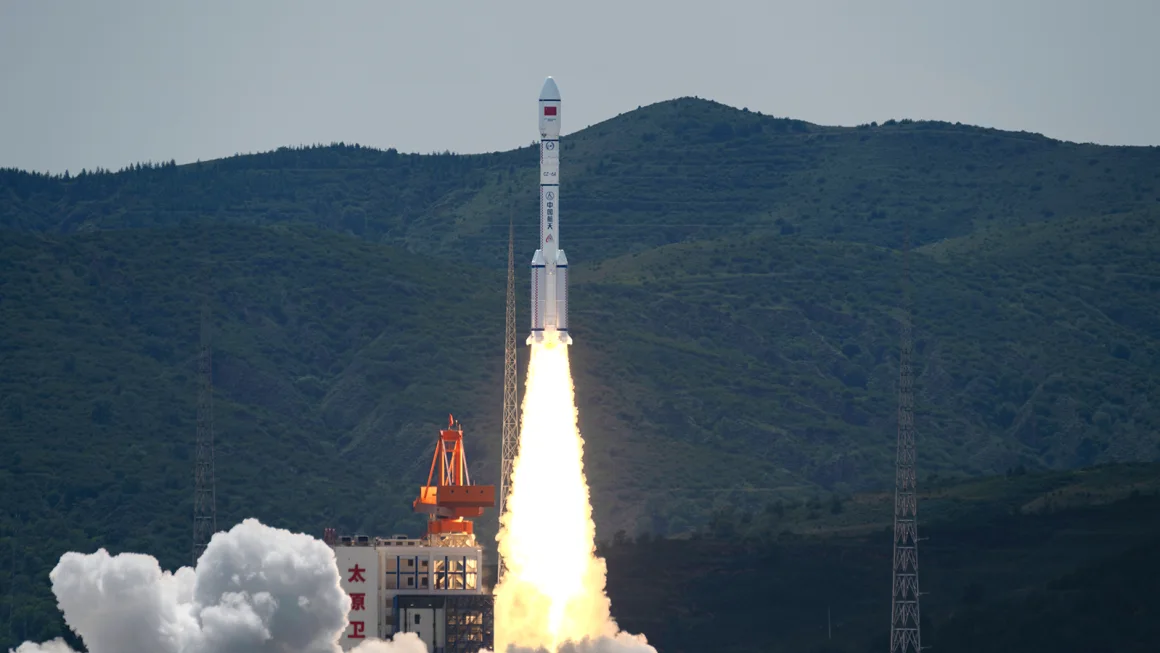
China Challenges SpaceX’s Starlink with Qianfan Satellite Constellation

China has made a groundbreaking move in its space ambitions, launching the first phase of its Qianfan satellite constellation. This ambitious project, also known as Spacesail, aims to rival SpaceX’s Starlink by deploying a network of 14,000 satellites to provide global broadband internet coverage.
Qianfan’s First Launch: A Major Milestone
On Tuesday, China successfully launched 18 satellites into low Earth orbit (LEO), marking the inaugural launch of the Qianfan constellation. This government-backed initiative is seen as China’s strategic response to the dominance of Starlink, which currently operates over 6,000 satellites with plans to expand to 42,000. The launch of Qianfan positions China as a serious contender in the race to dominate space-based internet services.
The Importance of Satellite Internet
Satellite internet is becoming increasingly important, particularly for remote and underserved areas where traditional ground-based infrastructure is lacking. It also plays a critical role in supporting emerging technologies such as autonomous vehicles and other internet-enabled devices—industries in which China aims to lead globally. The Qianfan project is part of a broader Chinese strategy that includes two other mega constellations, potentially bringing the total number of Chinese satellites in LEO to nearly 40,000 in the coming years.

Strategic Implications for China
The launch of Qianfan is more than just a technological achievement; it is a strategic move in China’s broader effort to secure a dominant position in outer space. China’s ambitious space program already includes plans to land astronauts on the moon by 2030 and the deployment of military-linked satellites for navigation, communication, and surveillance. By controlling LEO broadband satellite constellations, China could significantly enhance its global influence, manage data flows, and strengthen national security.
Qianfan’s Future Expansion
Managed by Shanghai Spacecom Satellite Technology (SSST), Qianfan is set to expand rapidly. By the end of 2025, the constellation is expected to include over 600 satellites, with a long-term goal of more than 14,000 by 2030. This extensive network will enable China to provide broadband internet coverage to most of the world’s population, according to state media reports.
Global and Strategic Context
China’s move into LEO broadband satellites comes at a time of growing global interest in space-based communication networks. The ongoing conflict in Ukraine has highlighted the strategic importance of satellite internet, with Starlink playing a crucial role for the Ukrainian military. Chinese experts have expressed concerns about the security risks posed by SpaceX’s constellation, suggesting it could support U.S. military operations.

Conclusion: China’s Space Ambitions
The Qianfan project underscores China’s recognition of the dual-use potential of satellite technology, offering both commercial opportunities and significant strategic advantages. As China integrates its satellite networks into initiatives like the Belt and Road, it could extend its influence and control over global communications. With strong state support, China is poised to continue its rapid progress in space, emerging as a formidable competitor in the global space race.



